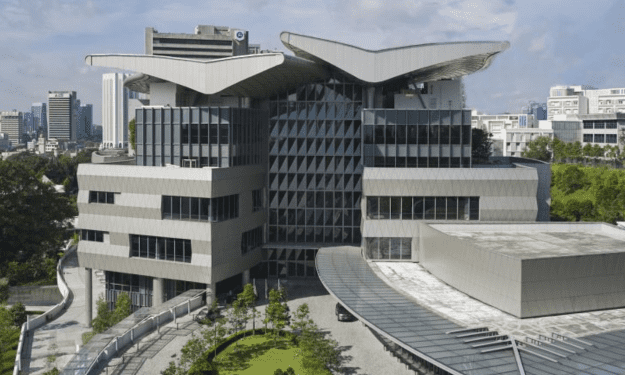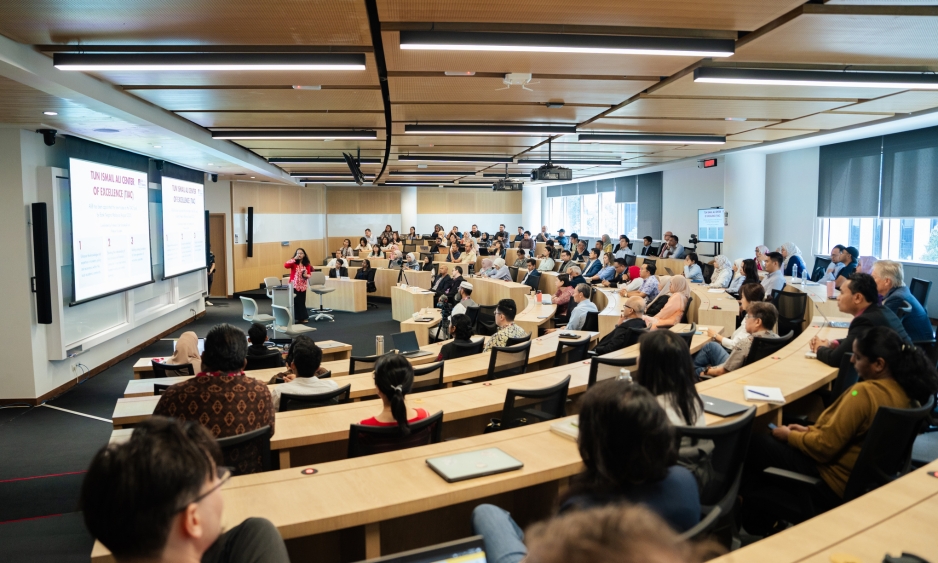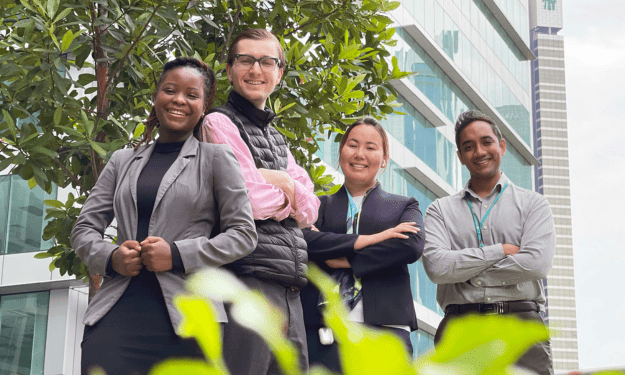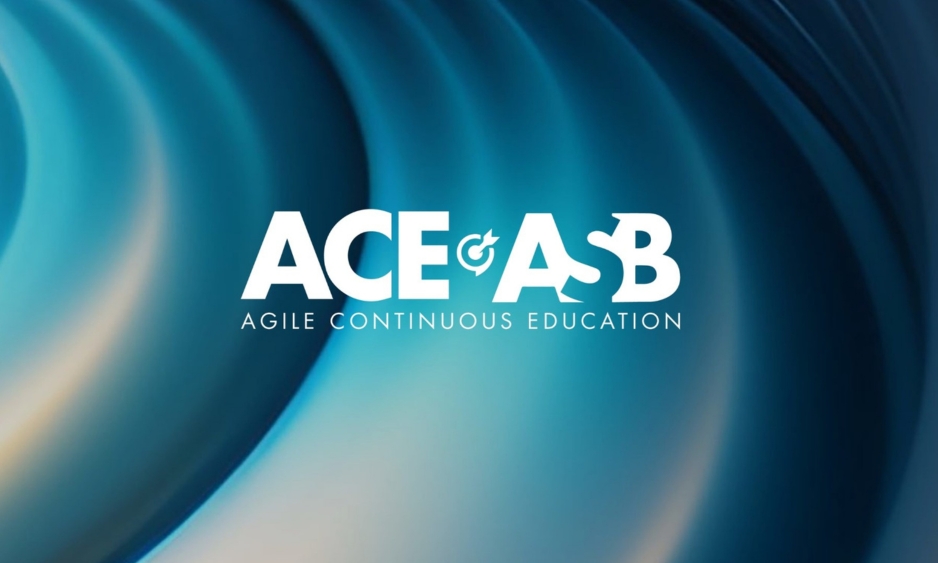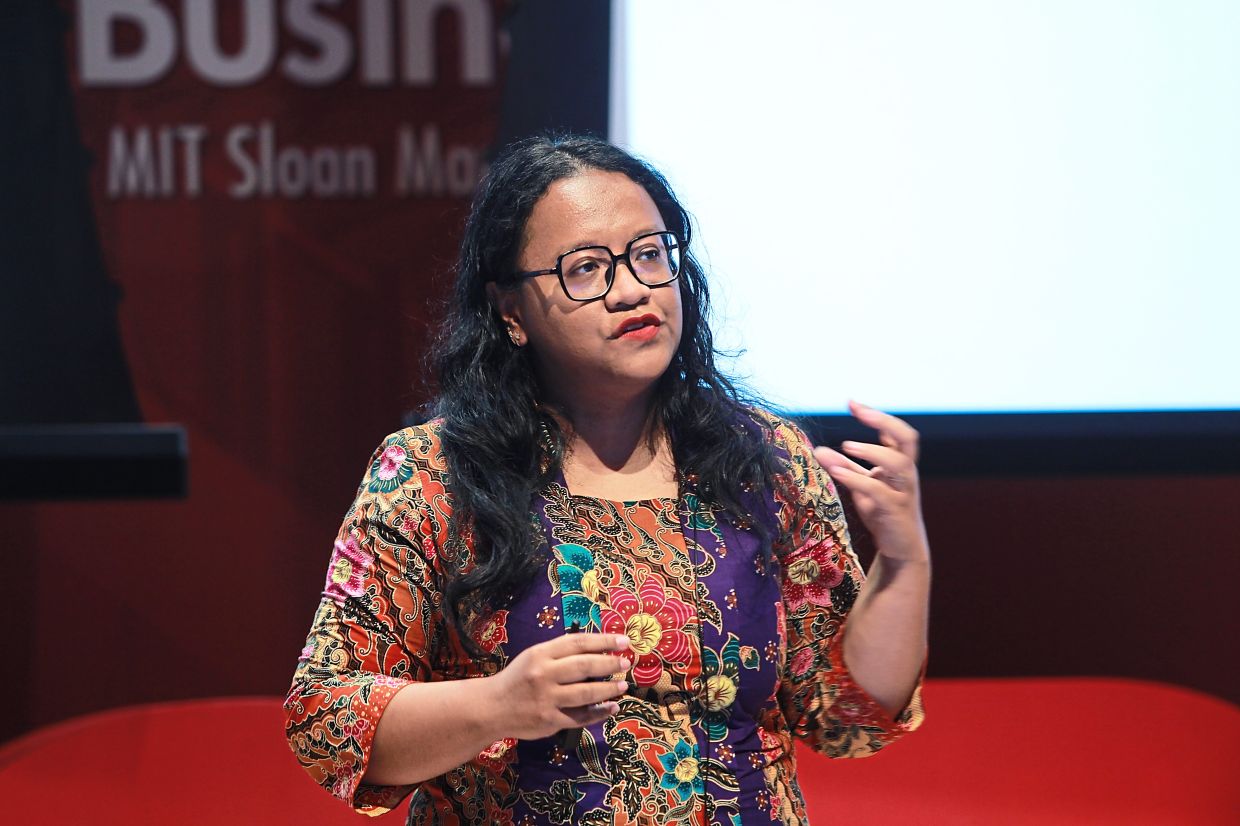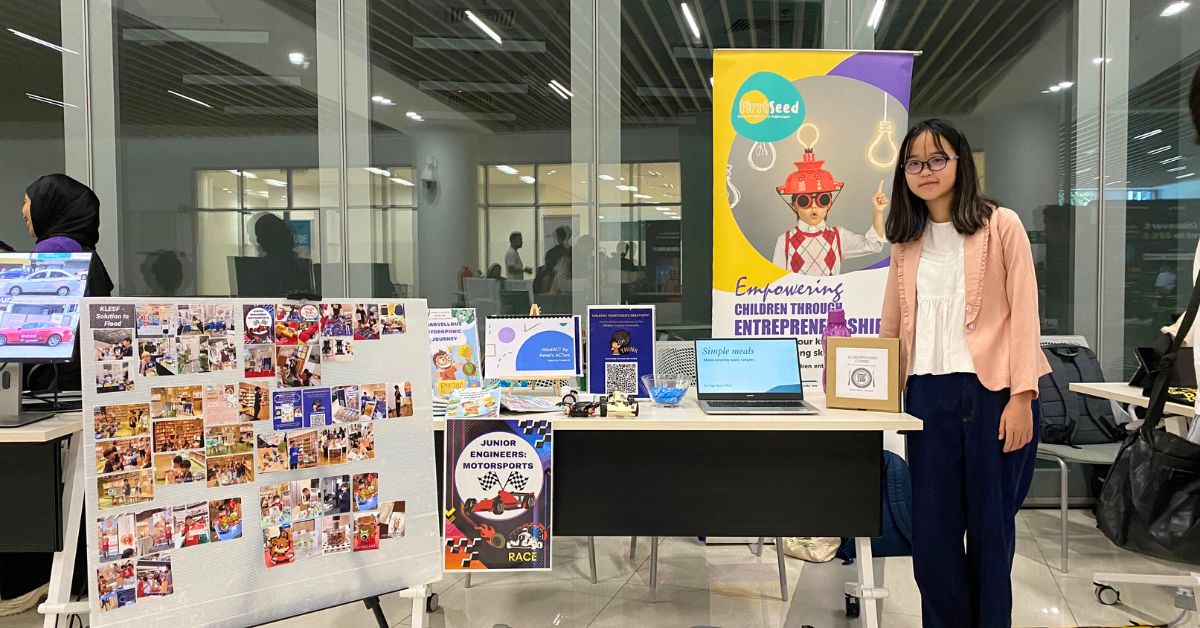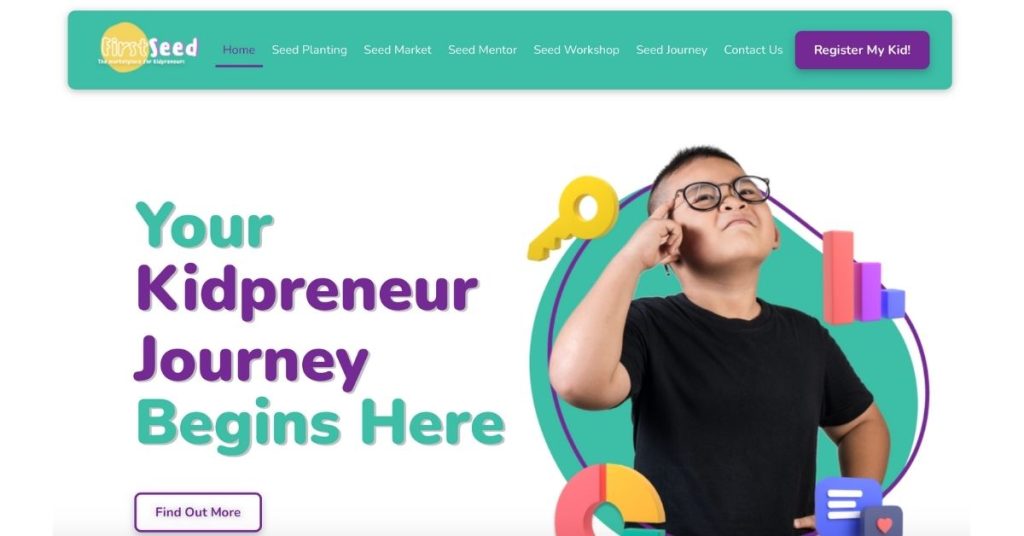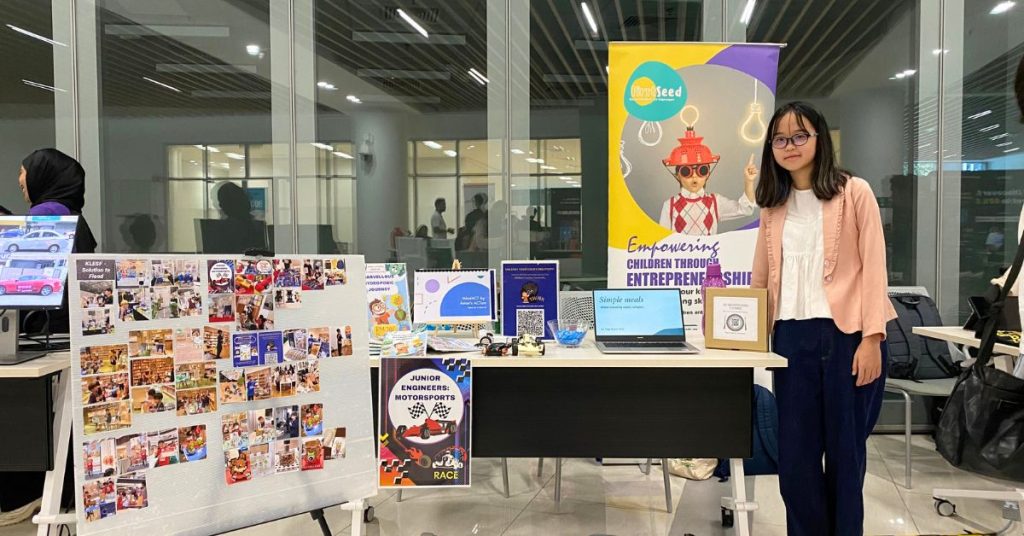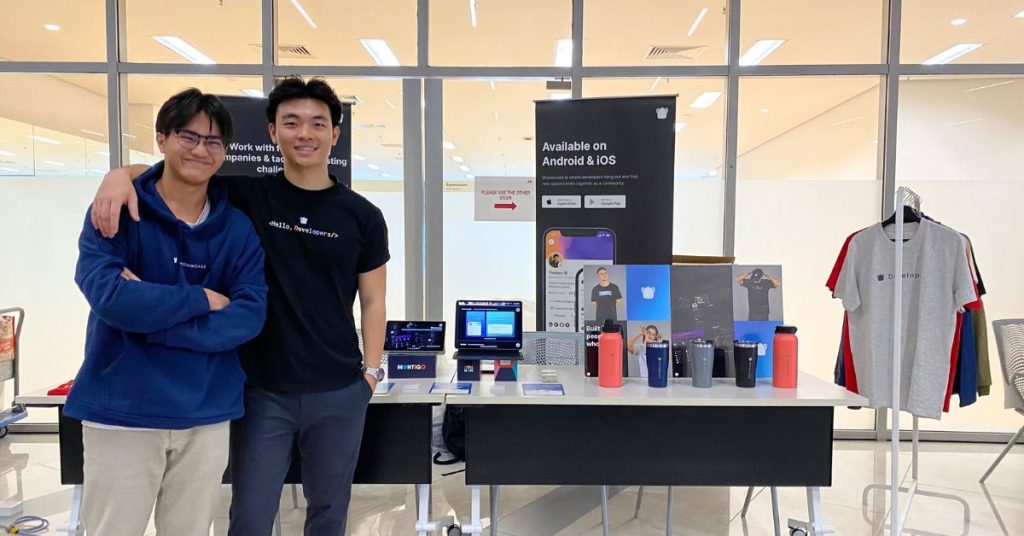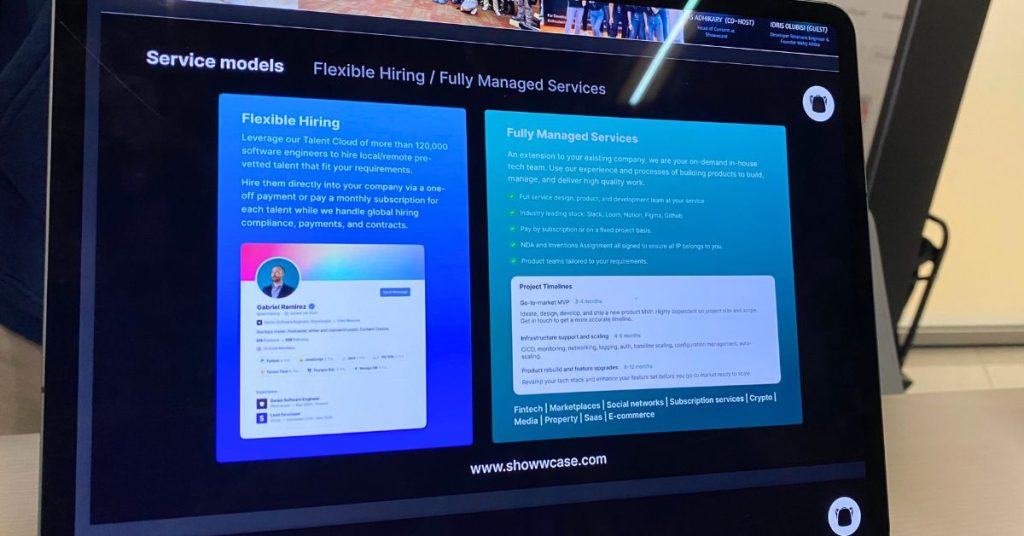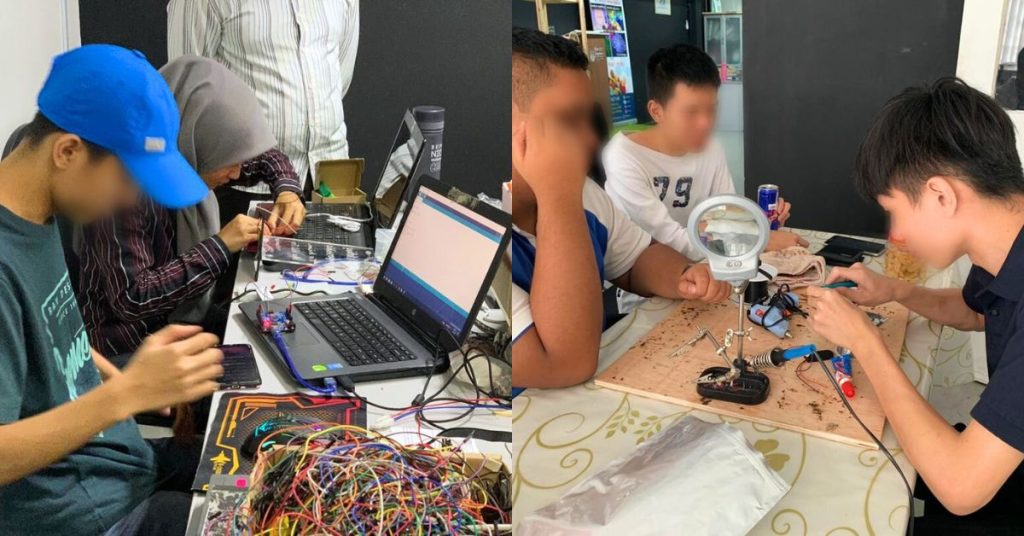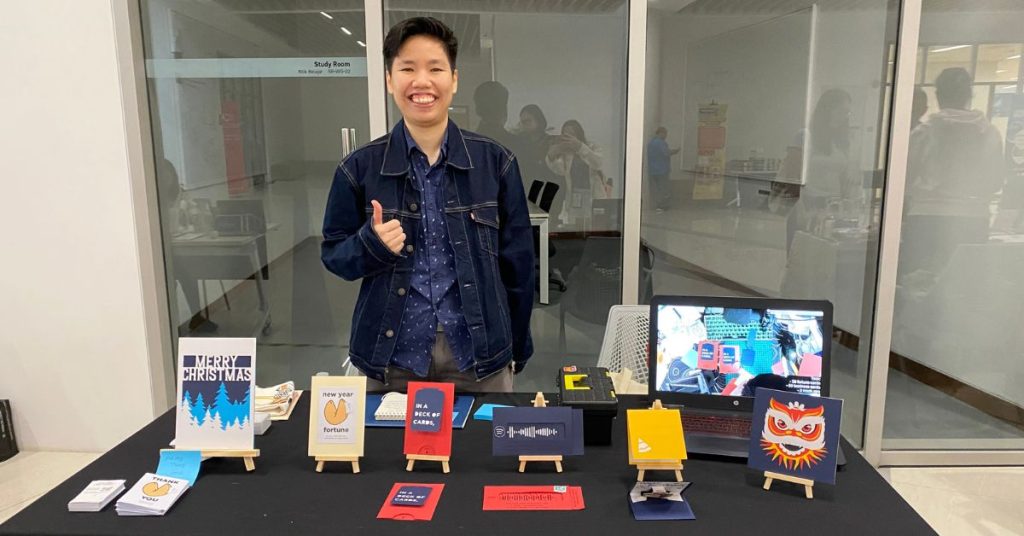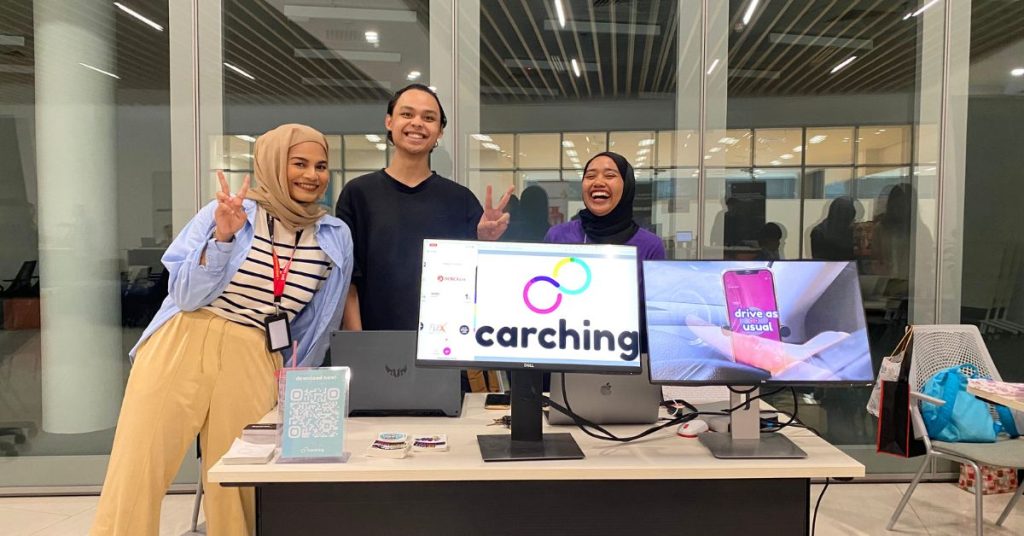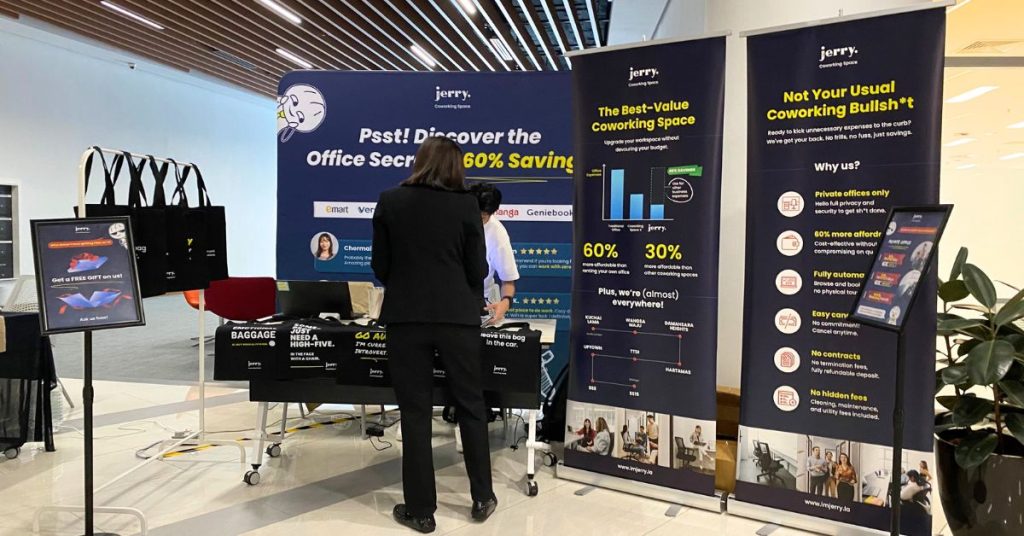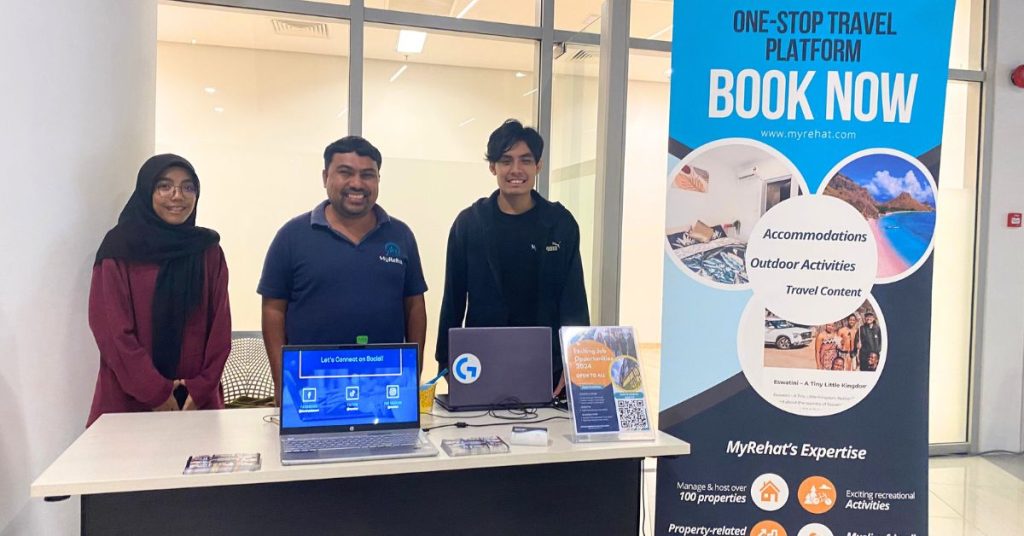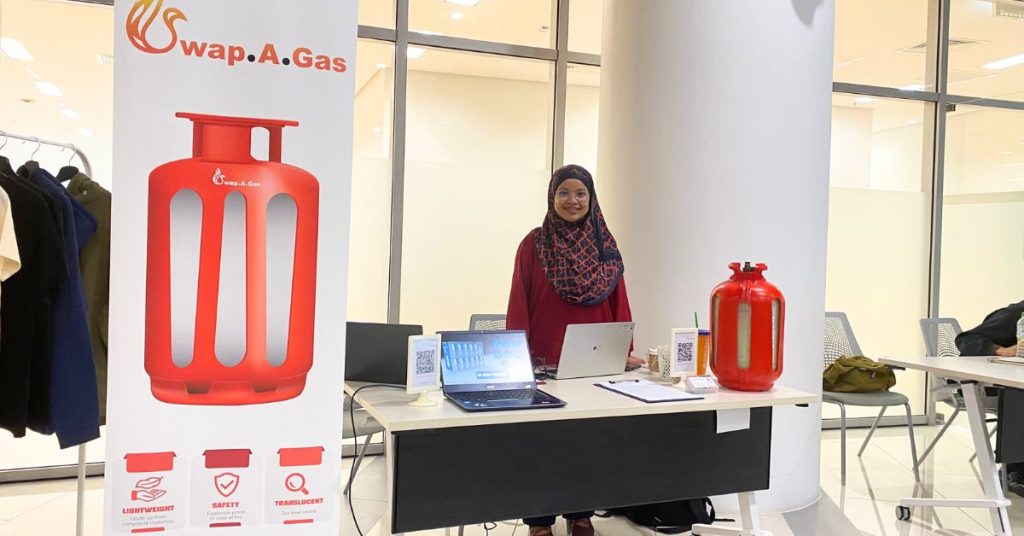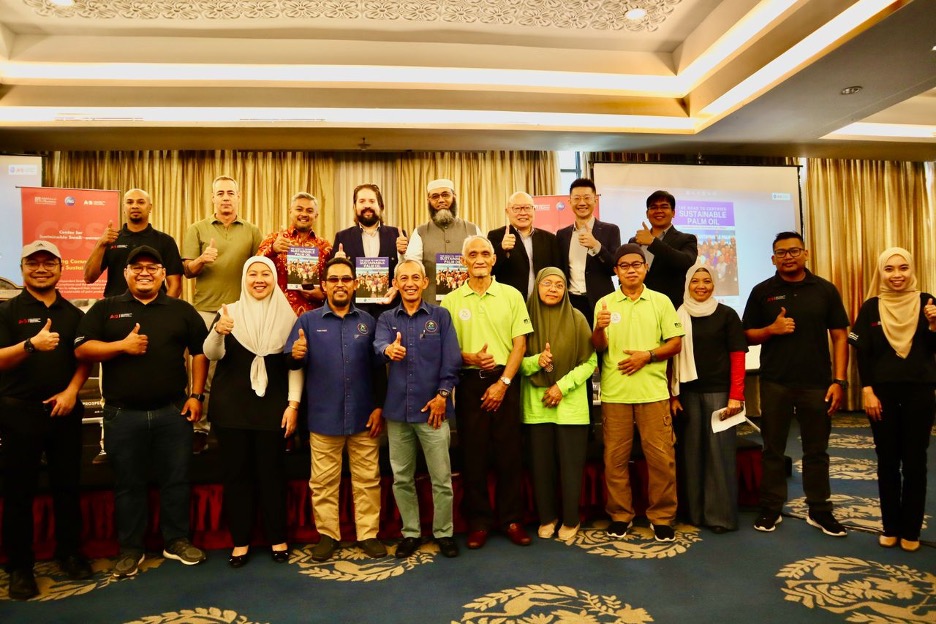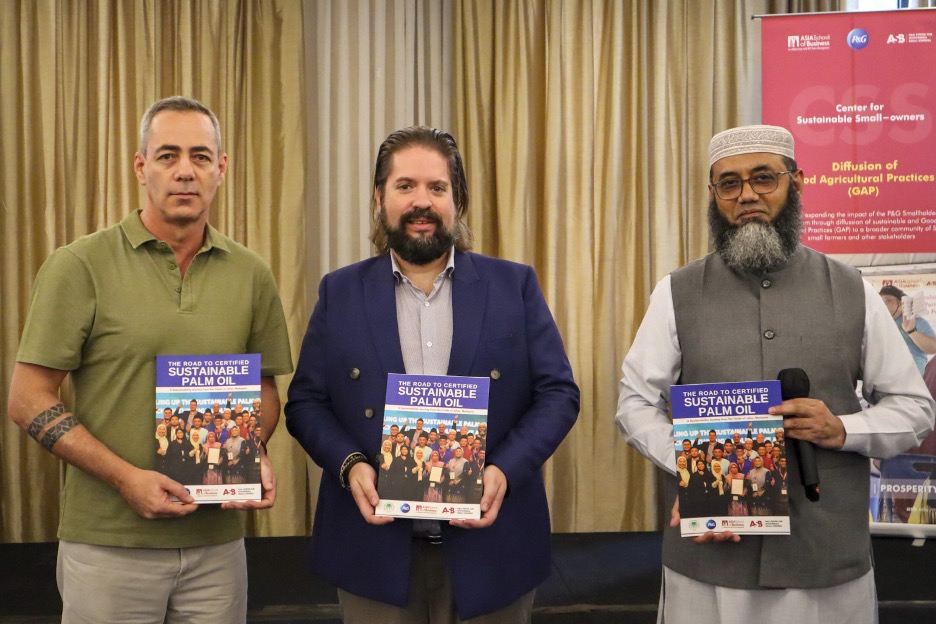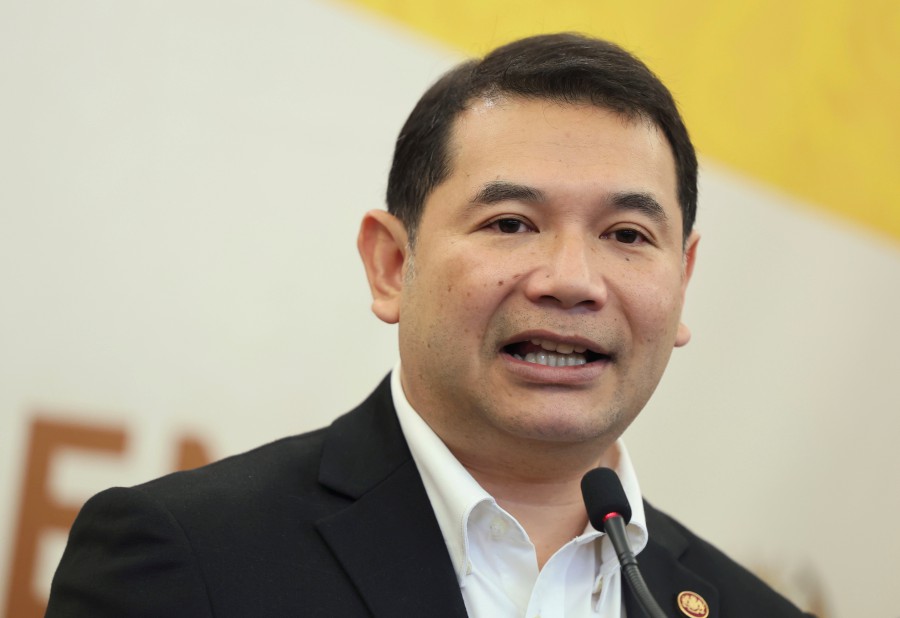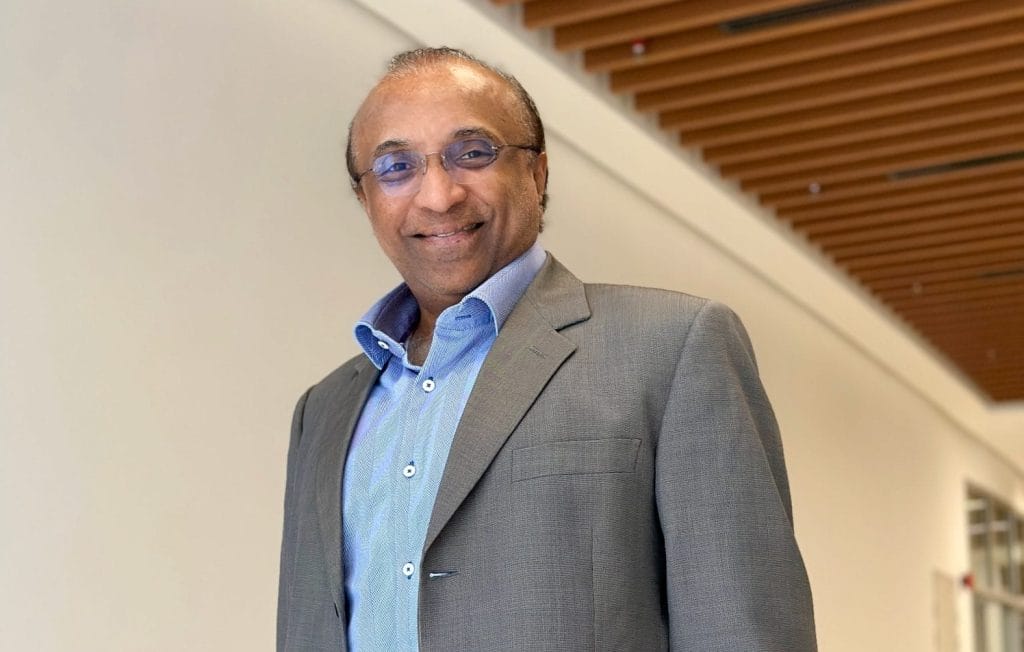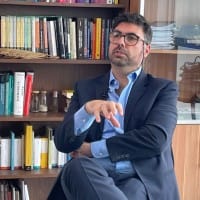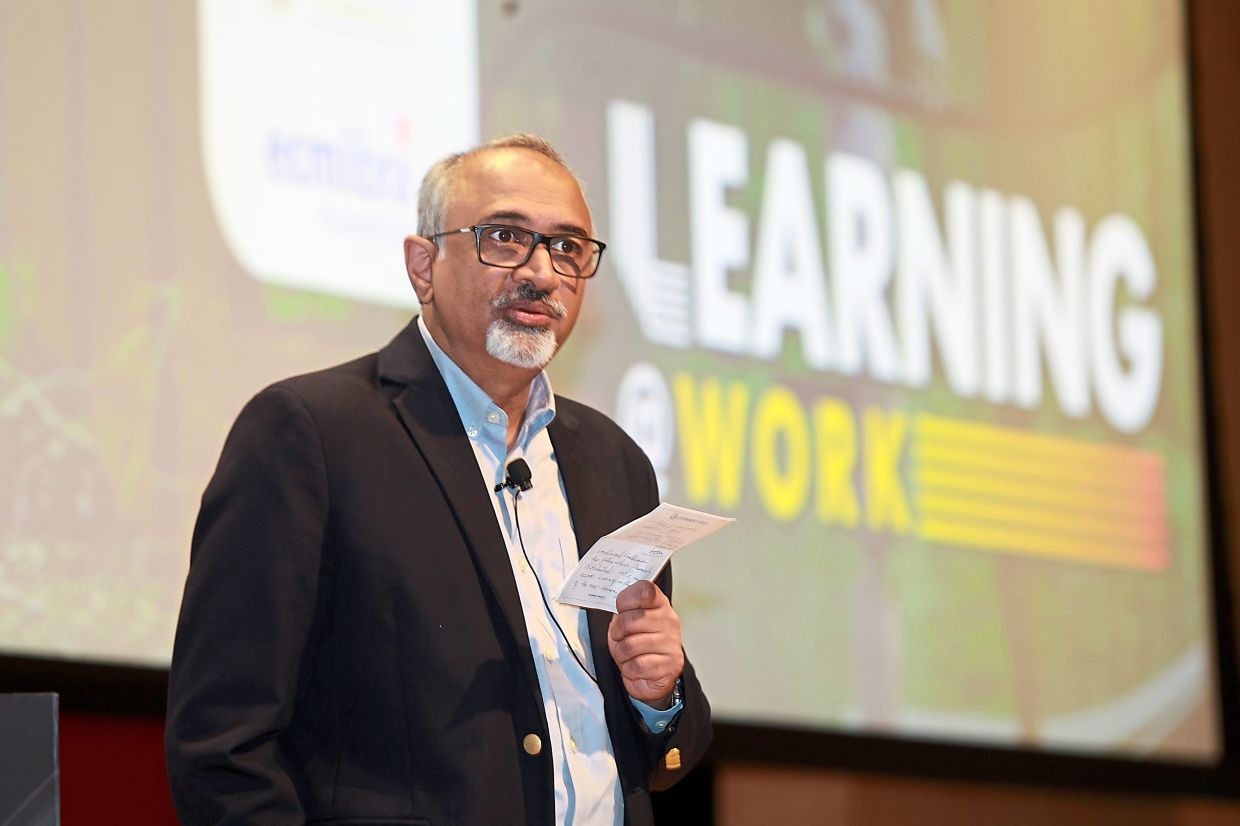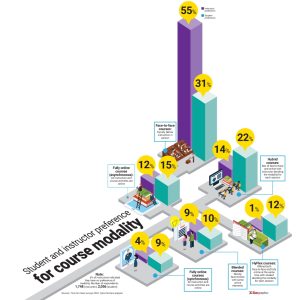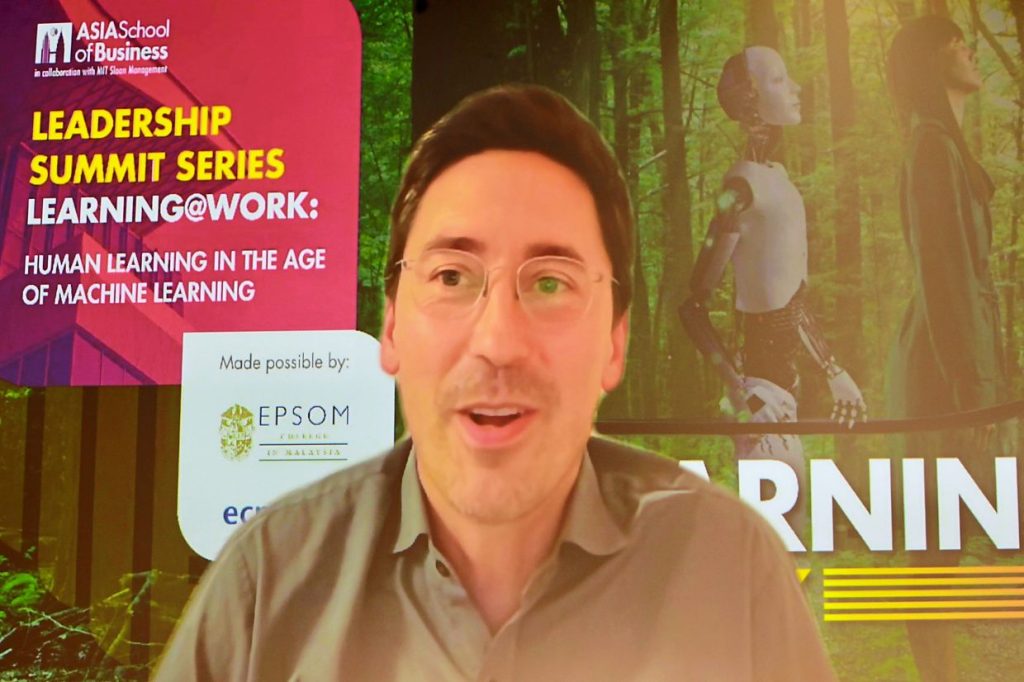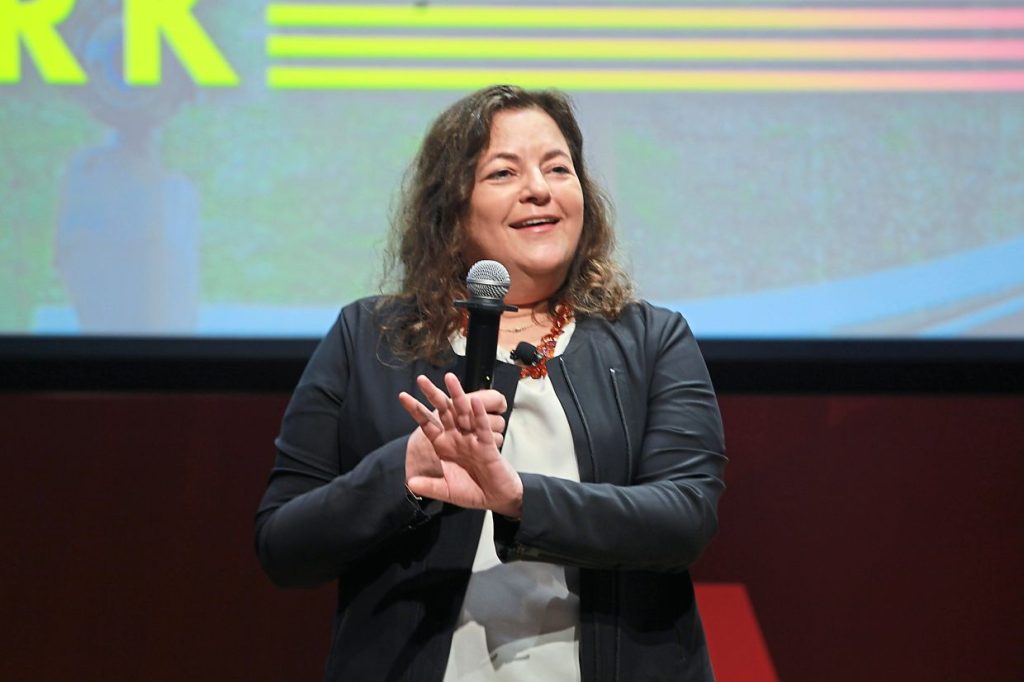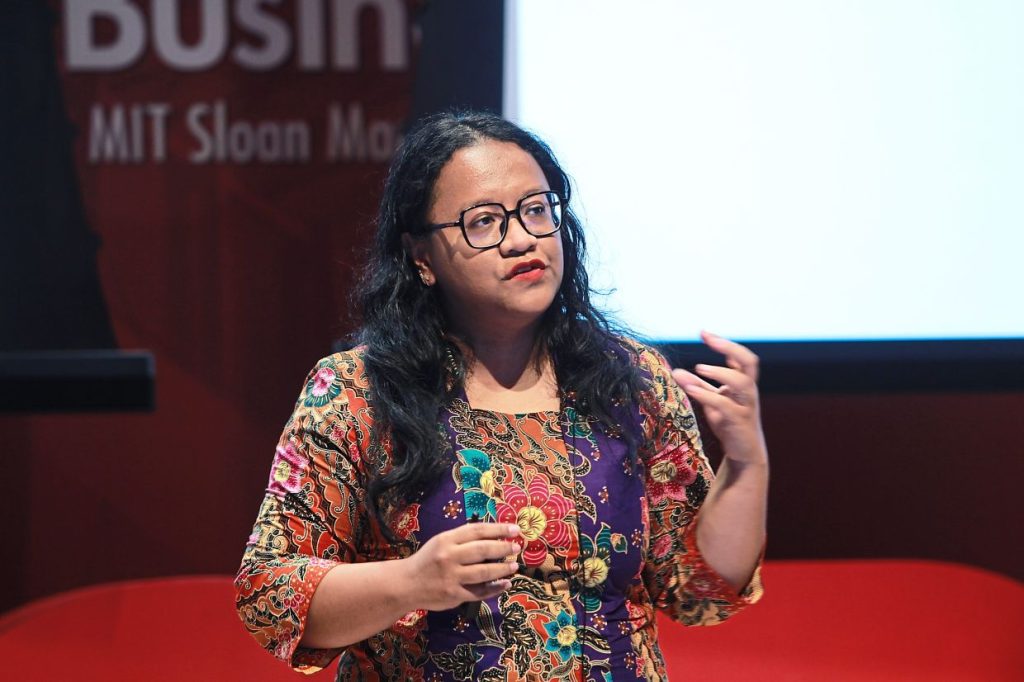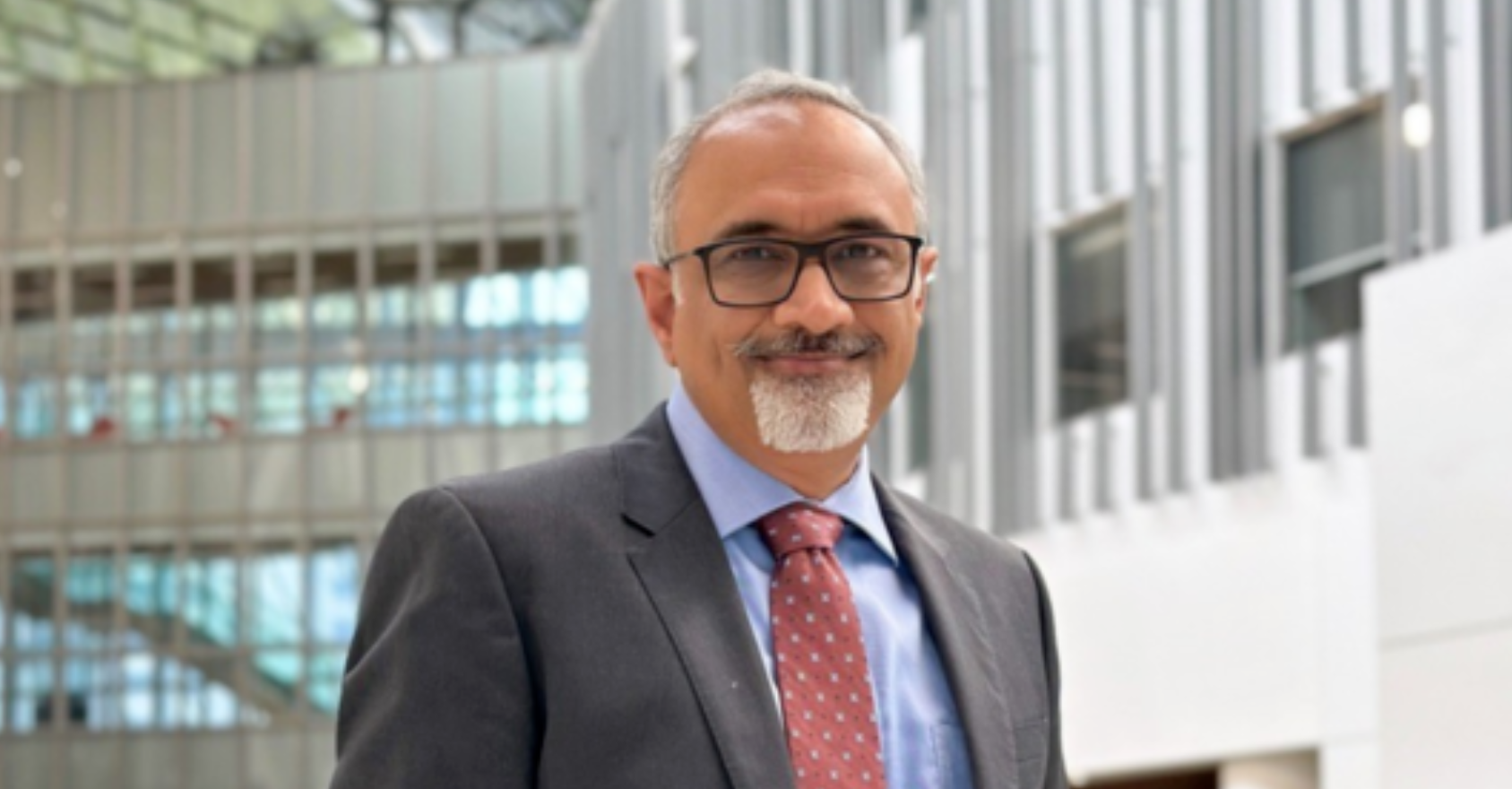As Malaysia stands at the crossroads of an evolving economic landscape, the intricacies of pension systems and retirement planning have never been more critical. The conventional “pay-as-you-go” system, a staple in many countries, is facing challenges that make it seemingly unsustainable. Financed by the working population through taxation or government debt issuance, the cost burden of this system is exacerbated by demographic shifts, especially in a nation with a top-heavy population pyramid. In the Malaysian context, the challenges of a “pay-as-you-go” system are pronounced.
One academic estimate places the cost at more than RM40 billion per annum just to provide a basic wage of RM2,700 per month up to the 70th percentile of retirees. The economic strain is evident. The question that arises is clear: How can Malaysia navigate these challenges and create a sustainable retirement ecosystem? A viable alternative lies in the concept of a self-funded, pseudo-government-guaranteed public pension or social security savings fund — an approach successfully implemented by Malaysia’s Employees Provident Fund (EPF) and Singapore’s Central Provident Fund (CPF).
These self-funded pension plans operate on a co-contribution model, where both employees and employers contribute to the scheme. Individual ownership of accounts ensures a sense of responsibility, while a government guarantee sets a floor for returns, preventing them from falling below a specified level. In both Malaysia and Singapore’s case, the legislated minimum is 2.5% per annum in dividend or interest income respectively. While EPF employs a liability-driven investing (LDI) scheme, CPF follows an asset-liability management (ALM) approach. The nuanced differences in investment strategies highlight the need for continuous refinement and adaptation.
For example, ensuring a balance between risk and return in the LDI scheme becomes paramount, particularly in the context of globally interconnected financial and capital markets. Whereas in the case of CPF, all proceeds raised from the Special Singapore Government Securities (SSGS) issued to CPF from member subscriptions as part of the ALM scheme are handed over to GIC to manage in a total returns context. Singapore’s CPF, often lauded as a successful model and hailed by the Mercer CFA Institute Global Pension Index as the best in Asia, presents specific elements that could be seamlessly adapted for Malaysia’s retirement savings framework.
CPF LIFE, Singapore’s life annuity scheme for retirees upon retirement, offers a compelling income-in-retirement blueprint for Malaysia’s EPF. The automatic conversion of a Singapore retiree’s self-funded accumulated sum at the point of retirement into a lifelong steady income stream mirrors the functionality of traditional pension systems. Another noteworthy feature is the CPF/HDB Lease Buyback Scheme, allowing retired homeowners to monetise home equity into a lifelong retirement income stream. The success of these government-backed retirement initiatives lies in both their low-cost and subsidised nature, thus making them sufficient and efficient for retirees.
Market-based pricing checks emerge as a critical component in designing a robust retirement system. Platforms like ImmediateAnnuities.com in the US (previously known as Annuity Shopper Buyer’s Guide), where insurers bid for retirees’ annuity business, provide insights into the market pricing for annuities under free market competition. Access to such auctions, and the resulting price discovery and information, allows Malaysia to establish a market-based pricing mechanism for annuities, hence aligning premiums and payouts with market realities.
Safeguarding the integrity of individual pension contributions and preventing political interference is also imperative. While Malaysia’s retirement savings system is sound, the challenge lies in protecting against unforeseen events. Learning from global counterparts and adopting measures to fortify the system can ensure its resilience. The role of reverse mortgages in unlocking home equity for retirement, as was recently introduced in Malaysia by Cagamas, is noteworthy. However, integrating and pooling the reverse mortgage programme with the EPF savings scheme, akin to Singapore’s CPF Lease BuyBack programme, can potentially pool risks more efficiently and hence enhance payout rates.
Effective risk pooling becomes the linchpin for maximising the risk-return benefits of such schemes, ultimately securing more robust retirement income for Malaysians. Healthcare costs in retirement represent a significant concern globally, and Malaysia can take proactive steps to integrate healthcare coverage into its retirement savings framework. Creating a separate tax-advantaged Medisave account within EPF can cover insurance premiums for healthcare costs, with surpluses available for co-payments or enhanced private care.
The proposal for a goals-oriented approach to publicly mandated retirement savings offers a paradigm shift. By aligning investment strategies with the individual’s needs for retirement, Malaysia can create a more dynamic and personalised approach to members’ retirement savings. Relying solely on a balanced lifecycle fund in your EPF Account 1, which is the account that allows you to withdraw eligible funds to invest in mutual funds and unit trusts, might not suffice, especially in the face of market downturns, as witnessed during the 2008 global financial crisis.
As the conversation expands to encompass the recent developments in the Malaysian retirement planning dialogue, including the Flexible EPF, a nuanced perspective is crucial. While flexibility is akin to a financial option and holds intrinsic value, the impact of such flexibility, as seen in the multiple special withdrawals during the Covid-19 pandemic, and the attendant depletion in members’ retirement account values, necessitates careful consideration. Balancing flexibility with the long-term sustainability of retirement savings is paramount.
Private pension schemes emerge as a promising avenue, offering a self-funded and privately managed alternative. Countries like Malaysia, Singapore and the US have successfully implemented supplemental retirement schemes, which provide tax benefits and the potential to invest in diversified and cost-efficient products. The advantages of private pension schemes over pay-as-you-go systems become apparent with the passage of time. The latter offers individuals more control over their retirement savings and portfolios.
In conclusion, the future of Malaysia’s retirement conundrum lies in comprehensive reform. Drawing inspiration from successful models, integrating innovative approaches and prioritising individual needs can reshape the retirement landscape. Malaysia has the opportunity to create a sustainable, flexible and goal-oriented retirement system that meets the diverse needs of its citizens. The time is ripe for a transformation that ensures financial security and dignity for retirees in the years to come. To enable that, an EPF-led advisory panel on retirement should be set up to evaluate the best way forward for Malaysia’s retirement savings system, such that the principles of adequacy, sustainability and integrity are assured.
Originally published by The Edge.
